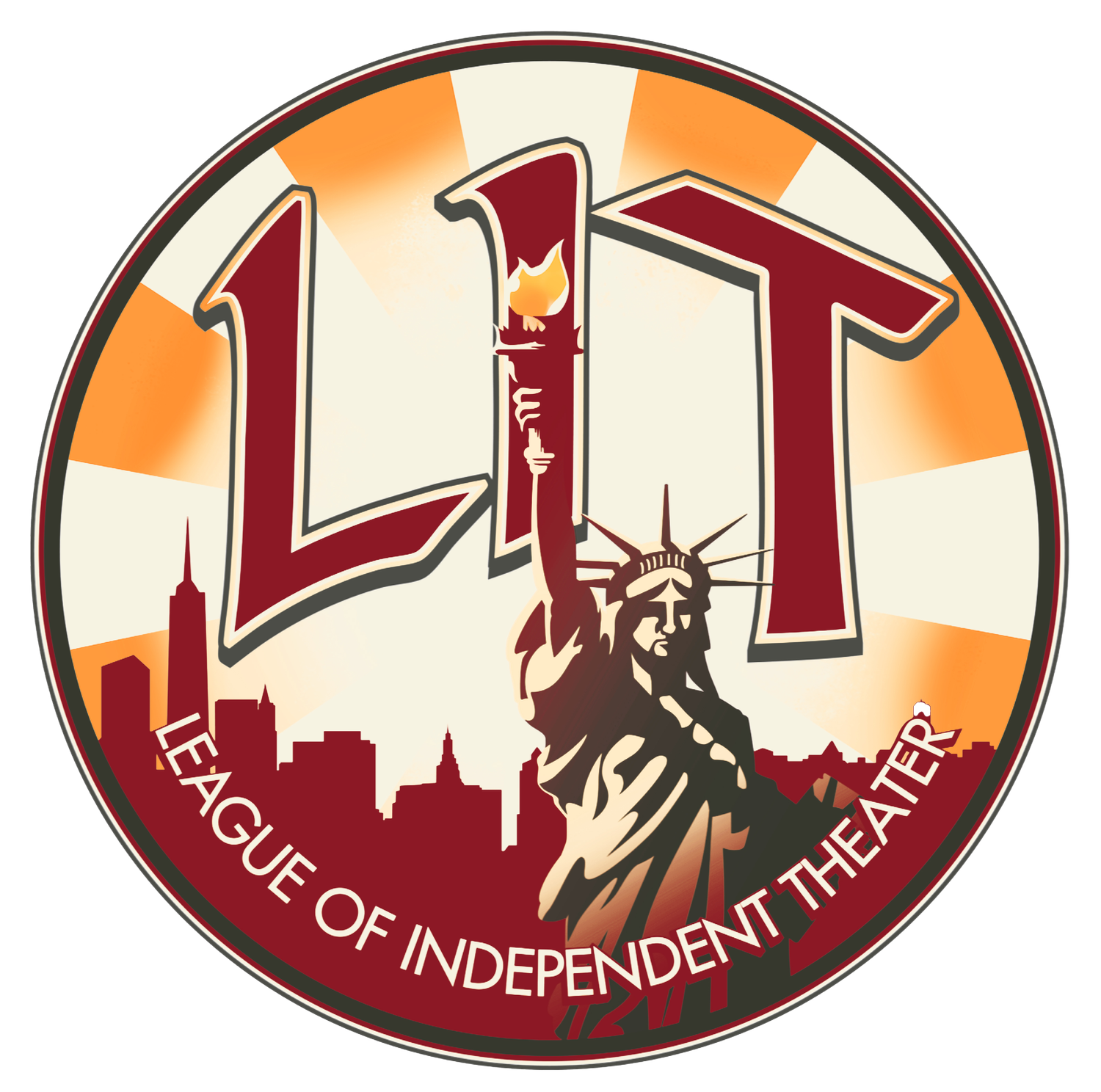Last Tuesday, the district leaders for the 76th Assembly District Part B (the neighborhood of Yorkville), Ben Wetzler and Kim Moscaritolo, organized a community forum on empty storefronts. They invited Andrew Fine from the East 86th Street Association and Manhattan Borough President Gale Brewer to comment on the rash of empty storefronts throughout the neighborhood.
Although the forum was convened for residents of the neighborhood, the issues of empty storefronts impact the entire city, and we thought we'd share some information we heard
What's the issue with empty storefronts?
There isn't a full survey of empty storefronts throughout the city. From the New York Times, Councilmember Helen Rosenthal estimates empty storefronts along Broadway in the Upper West Side at about 12%; Andrew Fine estimated around 20% in the area of Yorkville. Vacant New York, which is compiling a crowd-sourced database, estimates 30% along 14th Street.
Whatever the general figure, it's clear that there are certain areas where retail storefronts have been sitting empty some time.
There's a few factors that appear to be driving the trend:
- High potential rents - Some large corporate renters with deep pockets can pay high rents - retail chains like Duane Reade or 7-11, restaurant/coffee chains like Starbucks, or banks like Chase. Smaller tenants like mom-and-pop stores can't meet the same level of rent.
- Long commercial rents - Given that the large chains can't fill every storefront, why doesn't the rent come down in spaces that haven't attracted them? Well, in many cases, leases can be 10-20 years or more. As such, landlords would prefer to hold out for the higher rent, rather than sit waiting with the lower rent, so they'd prefer to have the space sit vacant -- even for years -- if it means making significantly more in the long term.
- Tax incentives - It's difficult to get a clear answer on this point, but it seems that there are some tax incentives that allows the owner vacant storefront to deduct the value of the lost rent from the taxes on their income. If you're a large property owner with multiple properties, the empty storefronts reduce the taxes on the full storefronts.
What does this have to do with Indie Theater?
Three key points:
- Rising commercial rents impact all of us: commercial rents impact all rents, and this empty storefront issue is just one aspect of the larger gentrification that is displacing people and killing local businesses.
- Independent theater venues are in commercial spaces: although storefronts are the most visible aspect of this, the same incentives drive rents on independent theaters and other cultural spaces. Right now, landlords have no incentives not to pursue whatever the most high-profit use of the space is. Starbucks and Chase will always be more profitable to landlords than culture.
- Wasted Resources: Simply put, it's very frustrating that arts and cultural space is so limited when so much space is sitting empty.
What can we do?
At the forum, a number of ideas were floated:
- Document the problem: As noted earlier, right now we only have specific neighborhood-by-neighborhood information gathered by a few elected officials. Vacant New York is gathering a crowd-source database for Manhattan. The advantage? This is something you can do right now. Go and report any local vacant spaces you see.
- Small Business Jobs Survival Act: The SBJSA is a law that has been floating around since 1985. The Act seeks to put in place specific rights for tenants. There is speculation that the bill may not constitutional because it limits landlord rights without compensation. That theory hasn't been tested, and likely won't have a straight answer unless it passes. The rights SBJSA would include are:
- Right to 10-year minimum leases
- Right of first refusal to renew
- Arbitration to help landlords and tenants come to agreements over new leases.
- Vacancy Tax: As mentioned above, one of the keys driving this retail rent spike is that there's no disincentive to the landlords leaving the spaces empty. The Vacancy Tax proposal is straightforward: tax empty spaces that don't get filled after a certain amount of time. Unfortunately, any change to the tax code has to go through New York State, and the State legislature doesn't seem interested in tackling the problem.
- Commercial Rent Control: What the Vacancy Tax aims to do through incentives, Commercial Rent Control would do through rules. Similar to the rent control has existed (at least in some form) for residential rents, this would create limits on how much rent could be charged and how much it could go up year over year. Like the Vacancy Tax, it would need to go through the State legislature, and it is also among the more comprehensive solutions.
- Protective Zoning: Although this approach doesn't seem to have caught the attention of New York lawmakers as much as the other solutions, protective zoning for specific small businesses is another approach that might help. For example, San Francisco created a Legacy Business designation to protect locally owned businesses with roots in the community; at the League's Meet the Candidates event, Councilmember Laurie Cumbo spoke about using the city's "Cultural District" designations in a way that actually protected the cultural institutions. At the forum, Borough President Brewer mentioned specific aspects of zoning that can protect small businesses, like requiring smaller storefront lots rather than combining them to create one large lot.
